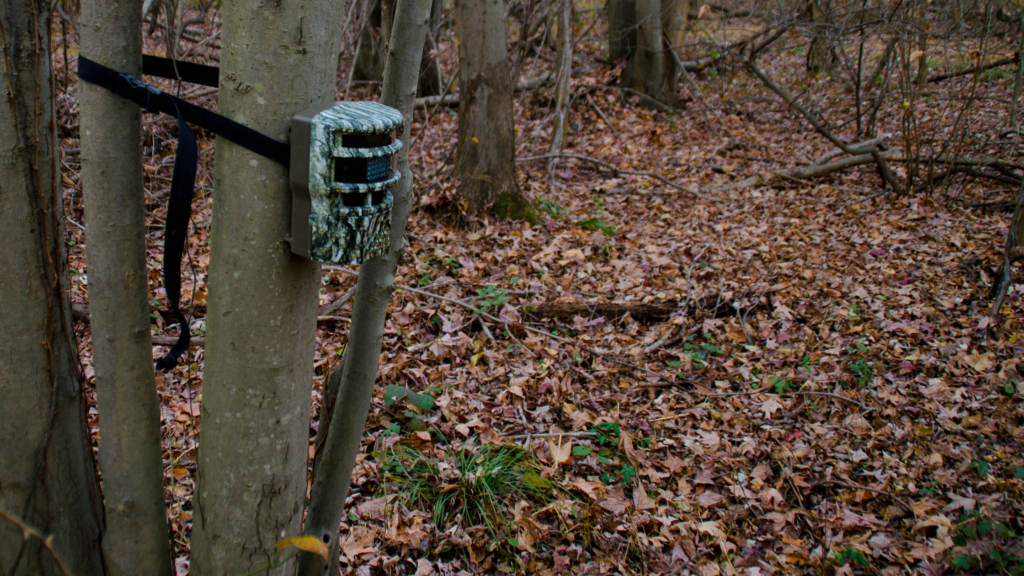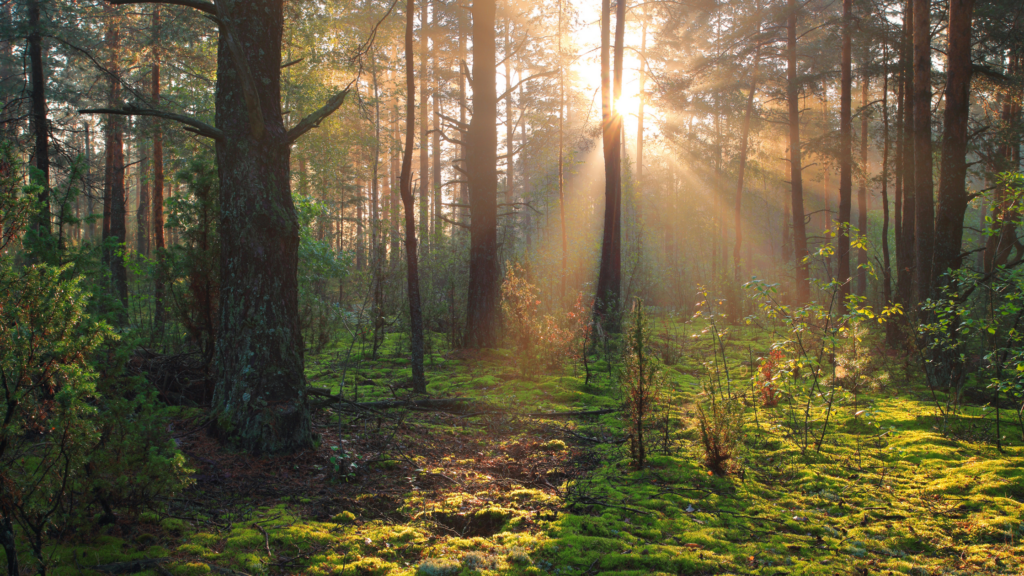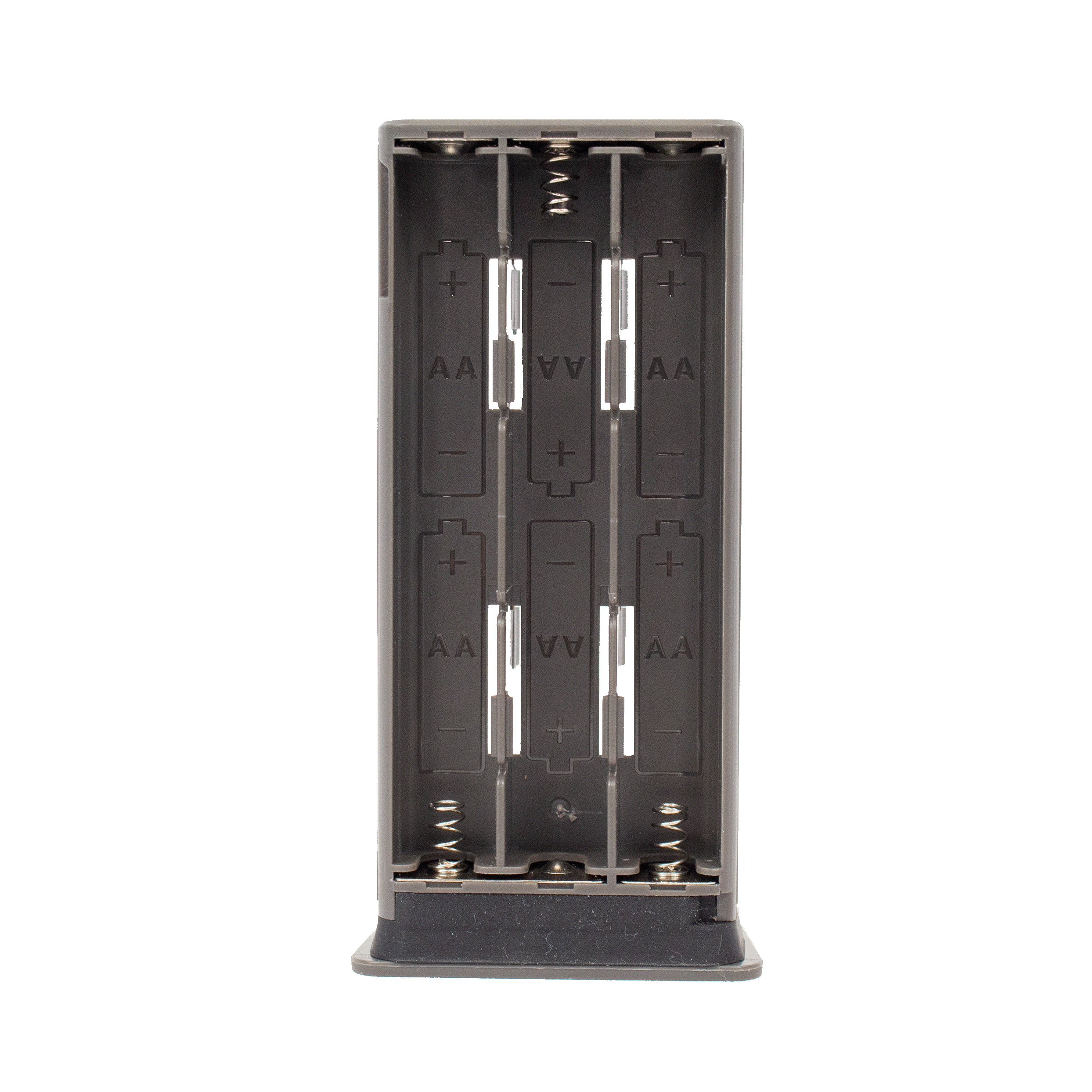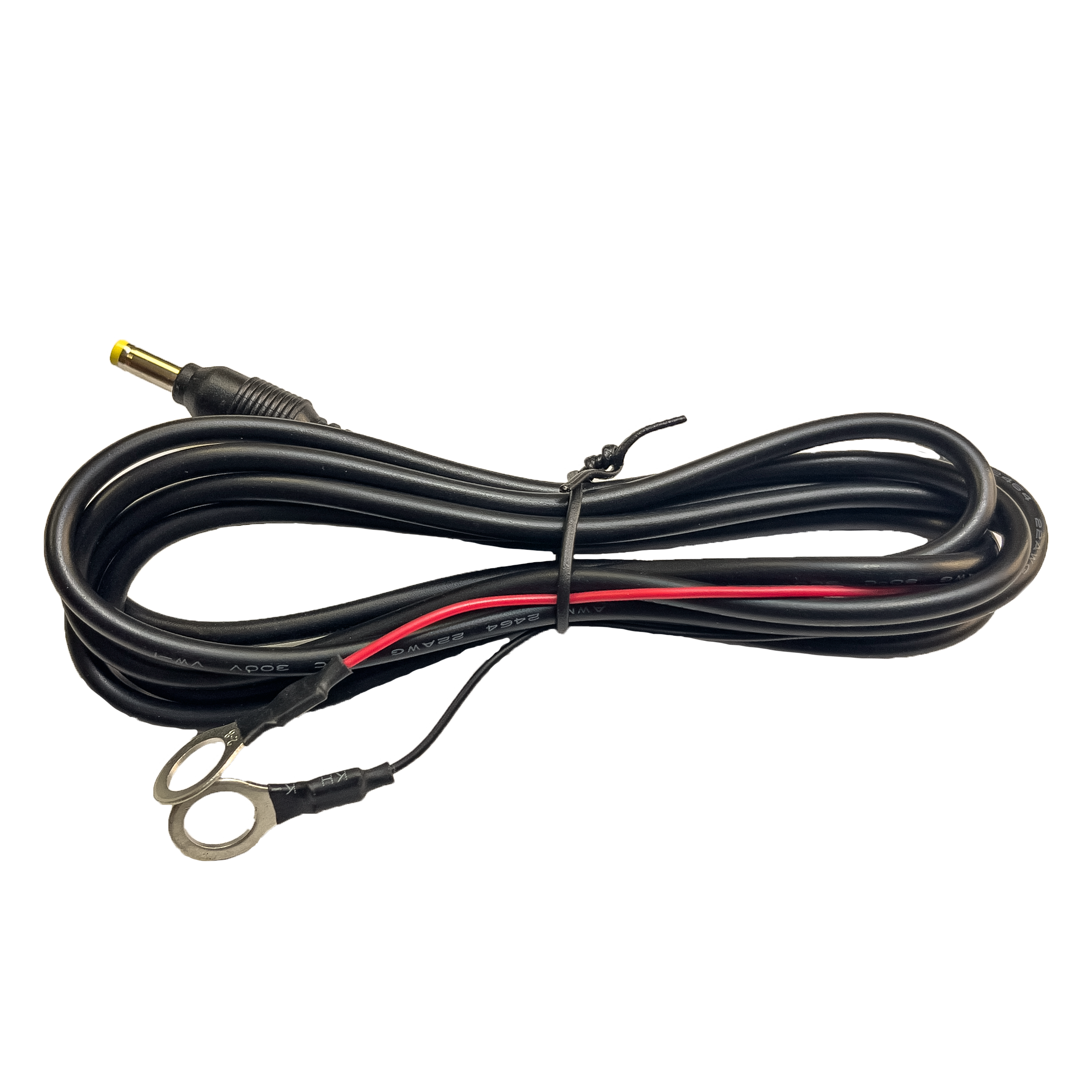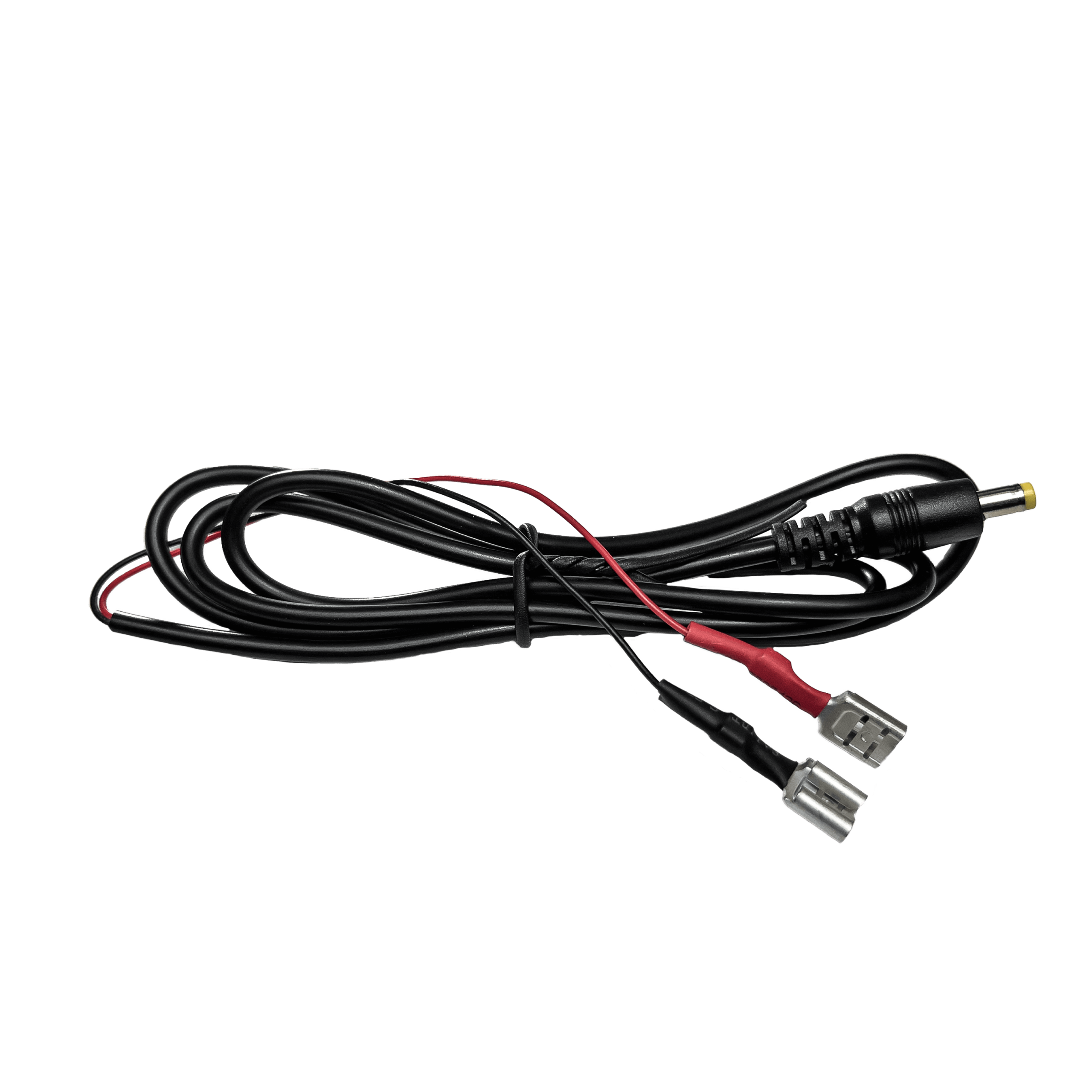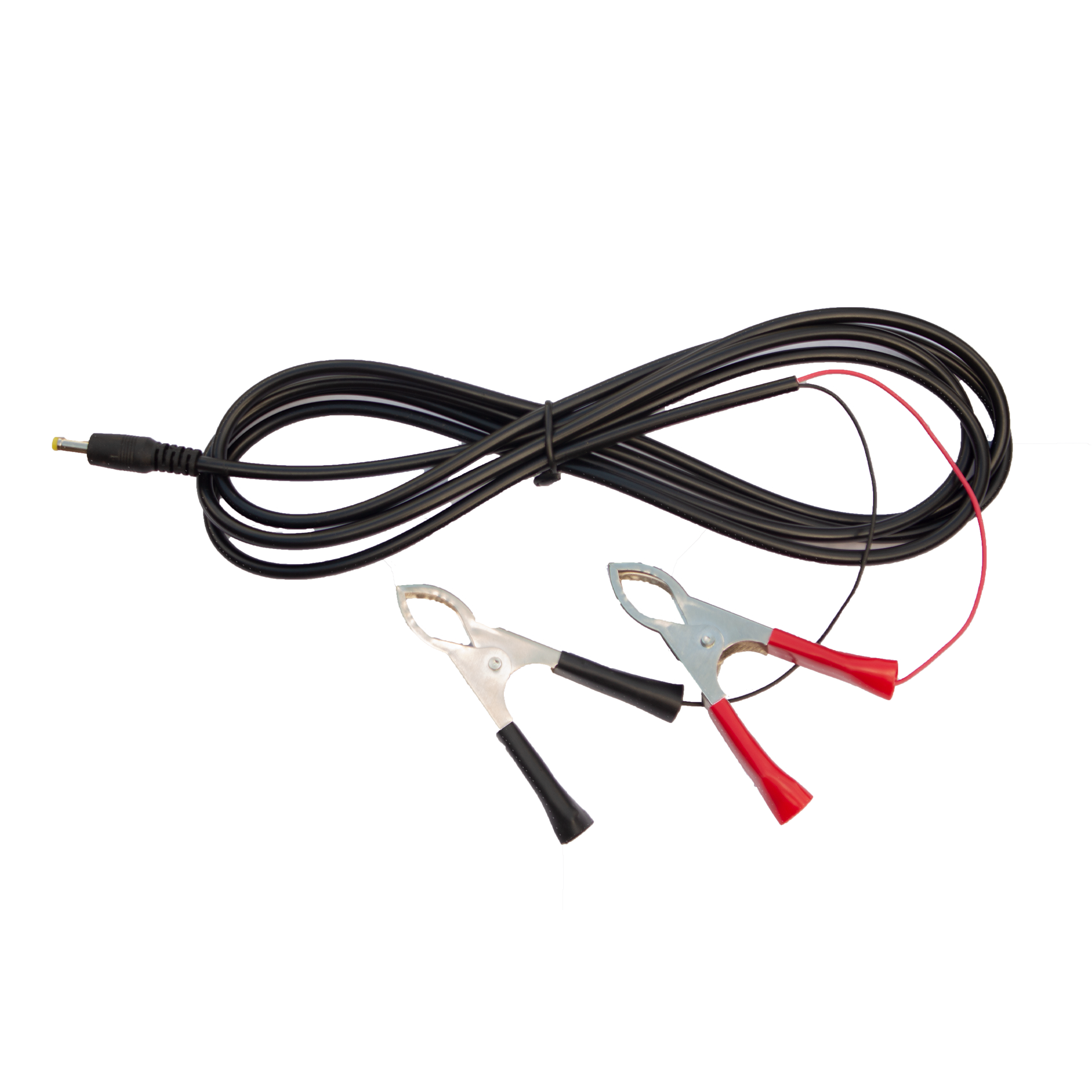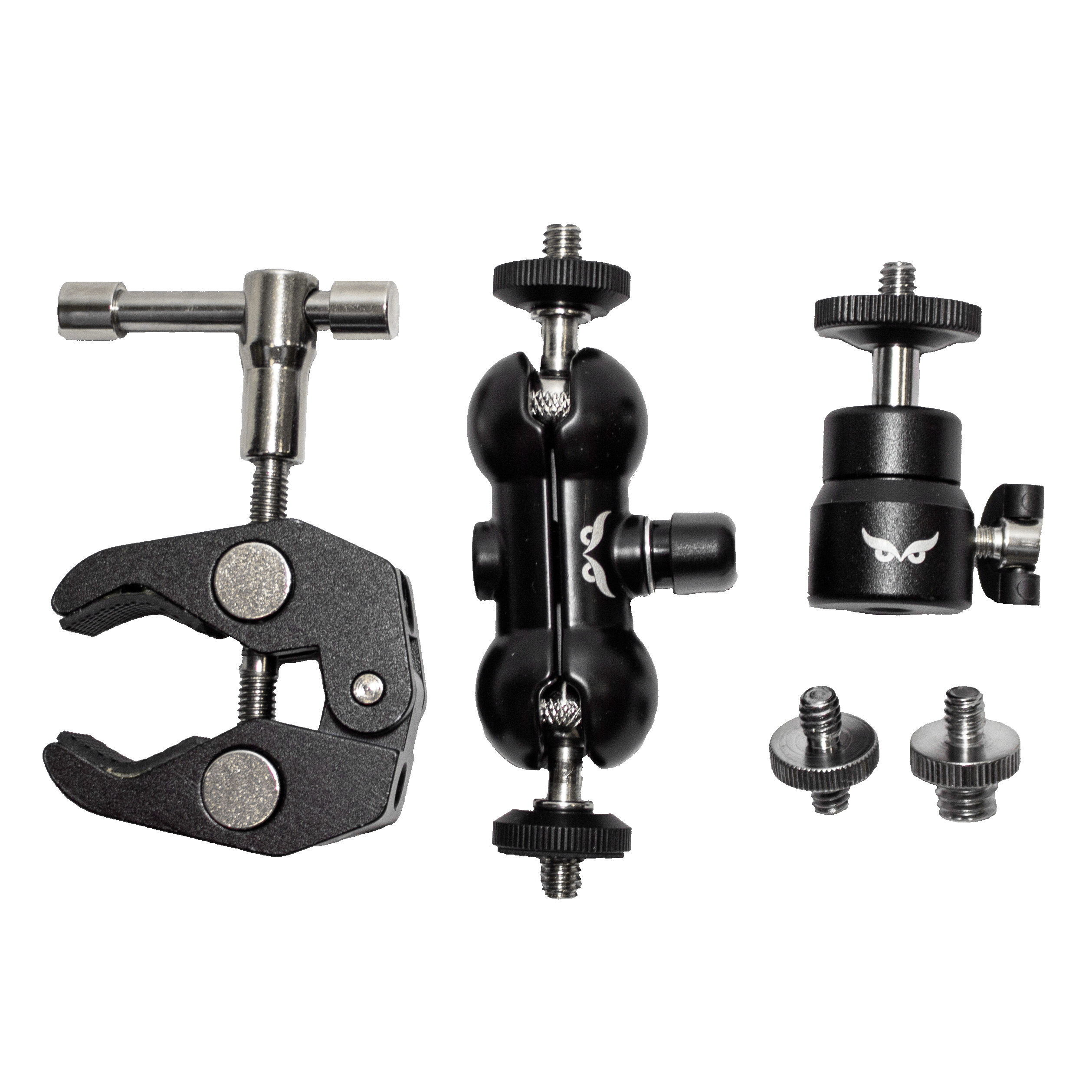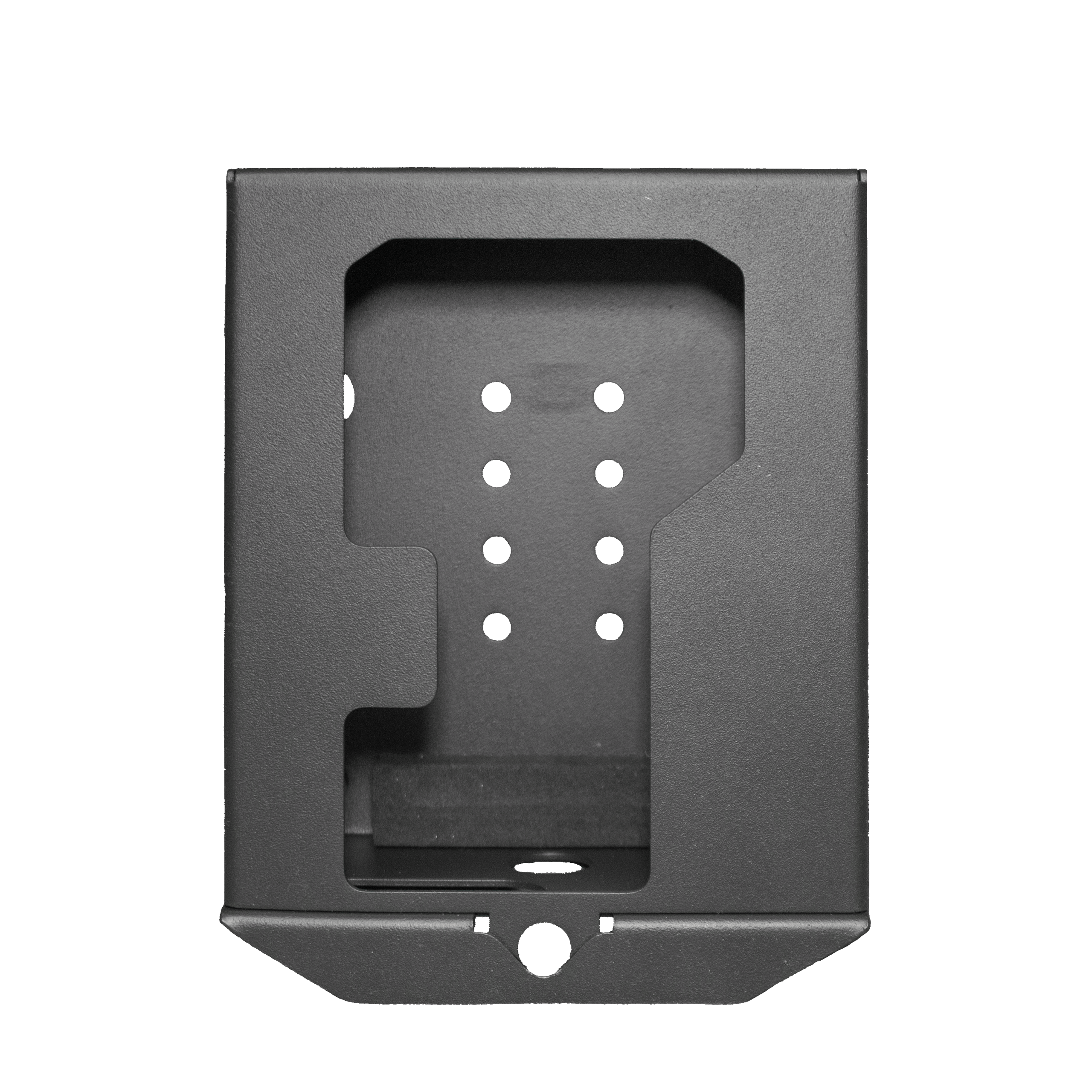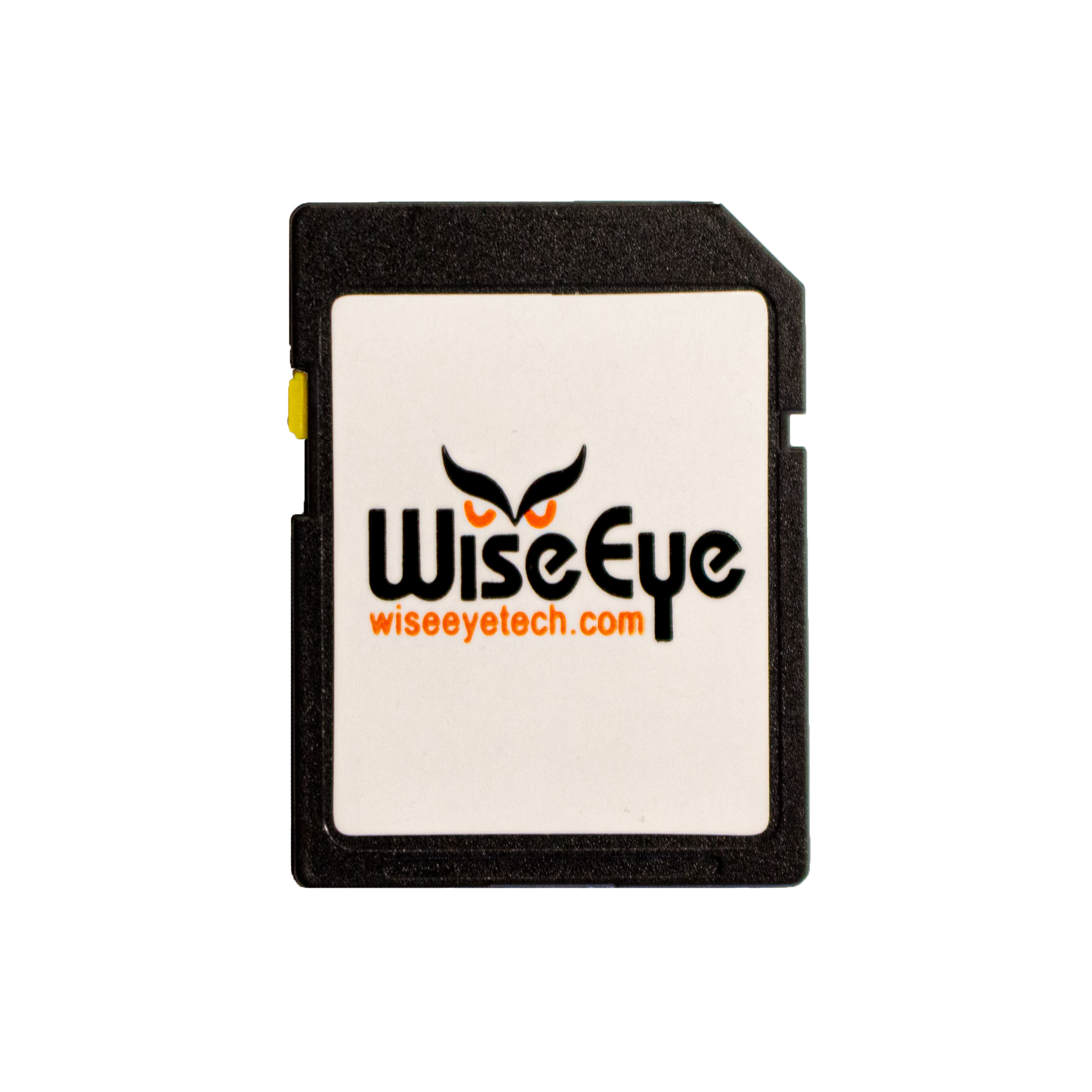In the world of hunting, few tools are as versatile and game-changing as the trail camera. Whether you’re tracking game or monitoring wildlife behavior, having a trail camera set up correctly can be the difference between success and frustration. But simply purchasing one isn’t enough – to truly reap the rewards, proper placement is critical.
We’ll walk you through five essential tips in this guide to position your trail camera optimally for capturing the footage you need. Let’s dive in!
Why Proper Trail Camera Optimal Placement Matters
Before we get into the tips, it’s important to understand why proper trail camera placement is so crucial. A poorly placed camera might miss out on key moments, or worse, capture images of nothing but empty landscapes. The goal is to strategically position your camera to maximize visibility of the game and minimize wasted shots of irrelevant activity.
When set up effectively, a trail camera can give you valuable insights into game movement, feeding patterns, and potential hunting hotspots. You can even use it as a powerful tool to train your hunting dogs, gaining insights into how game interacts with the environment.
Now, let’s get into the details of optimal camera placement.
1. Scout the Right Location
The first step in setting up a trail camera is to find the right location. This may seem obvious, but it’s the foundation of effective monitoring. Here’s what you should consider when scouting:
Game Trails: Animals tend to follow predictable paths. Look for well-worn trails, especially near food sources, water, or bedding areas. A trail camera placed along these routes will ensure that you have consistent activity to monitor.
Watering Holes and Feeding Areas: Animals frequently visit watering holes and food plots, making them prime locations for camera setups. Position your camera near these points for clear and consistent footage.
Scrapes and Rubs: Particularly during the rut, deer will leave scrapes and rubs as they mark their territory. These are excellent spots to monitor during the season. A well-placed trail camera here will give you insight into the movement of mature bucks in the area.
By taking the time to scout, you’ll save yourself a lot of frustration later on, ensuring your camera captures activity rather than just empty woods.
2. Mount at the Right Height
Mounting your camera at the correct height is another critical factor for success. Mounting too high or too low can affect the quality of the footage, reducing the likelihood of getting clear images of your target animals.
Deer and Larger Game: For deer and similar-sized game, the ideal height for your trail camera is roughly waist to chest level – around 3 to 4 feet off the ground. This will give you a clear view of the animal’s body without obstruction.
Small Game: If you’re after smaller animals like foxes, raccoons, or turkeys, you’ll want to mount the camera lower, closer to knee height. This helps ensure that you capture these smaller creatures without completely missing them.
Avoid Obstructions: Always clear any foliage or branches that might block your camera’s view. Even a small twig can ruin an otherwise perfect shot.
A pro tip is to angle the camera slightly downward if mounted higher up. This will expand your field of view, ensuring you don’t miss out on activity close to the camera.
3. Consider the Sun’s Position
One common mistake made when setting up a trail camera is forgetting to account for the sun’s position. The sun’s glare can severely impact the quality of your footage, leading to washed-out images or even lens flare.
Avoid Direct Sunlight: Try to position your camera facing north whenever possible. This will help avoid direct sunlight during sunrise and sunset, which are prime times for game activity.
Morning and Evening Considerations: If you know game is particularly active during dawn or dusk, ensure the camera isn’t pointed toward the rising or setting sun. The last thing you want is an unusable image just because the sun obscured the view.
The key is to balance the lighting with the camera’s positioning to get the best possible images without glare or overexposure.
4. Set Up at Angles, Not Direct Paths
Many new hunters make the mistake of positioning their trail cameras directly facing a game trail, thinking it will maximize their chances of capturing game. However, a better approach is to angle the camera perpendicular to the trail.
Why Angled Shots are Better: Animals moving directly toward or away from the camera can result in fewer clear images. The movement is too fast, and you might only catch the rear end of the game. By angling the camera along the trail or at a slight diagonal, you give it more time to capture multiple shots as the animal moves across the frame.
Wider Field of View: Angling your camera also gives you a wider perspective, covering more ground. This increases the chances of capturing animals as they move within the camera’s detection range.
In short, an angled setup ensures better images, more consistent activity, and a broader understanding of the game’s movement.
5. Regularly Check and Maintain Your Camera
Lastly, even the best-placed trail camera will need regular maintenance to ensure it’s functioning at its best.
Battery and Memory Check: Make it a habit to check the batteries and memory card regularly. A camera with dead batteries or a full memory card won’t do you any good, no matter how perfectly positioned it is.
Weatherproofing: While most trail cameras are designed to withstand the elements, it’s important to ensure that your camera is securely fastened and weatherproofed, especially if you expect severe weather conditions.
Clear the Lens: Don’t forget to wipe down the lens from time to time. Dirt, water droplets, or smudges can easily ruin a good shot.
Monitoring the health of your camera can prevent disappointment when you check your footage after weeks of anticipation.
Conclusion
Setting up your trail camera might seem like a simple task, but as you’ve seen, there’s a bit of an art and science to getting it right. By following these five tips – scouting the right location, mounting at the correct height, considering the sun, angling your camera, and regularly maintaining it – you’ll dramatically increase your chances of capturing valuable and actionable footage.
Trail cameras are an incredible tool, not just for hunting but for gaining a deeper understanding of the wildlife patterns in your area. Whether you’re monitoring game trails, water sources, or scrapes, proper placement is essential. Plus, the insights they offer can even help you refine your hunting dog’s training, making them a versatile tool for any hunting enthusiast.
Ready to take your dog training to the next level?
Visit HuntEmUp today to explore our wide selection of top-quality trail cameras!
Whether you’re a seasoned hunter or just getting started, we have everything you need to succeed in the field. Don’t miss out – equip yourself with the best, and take your hunting game to the next level!
